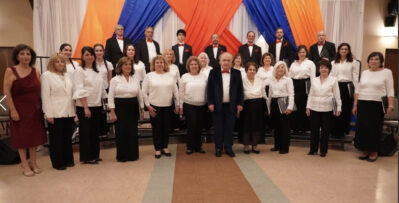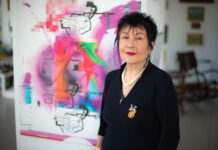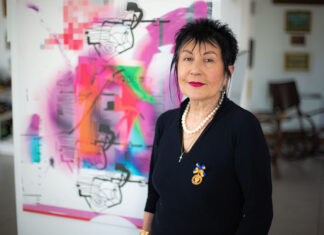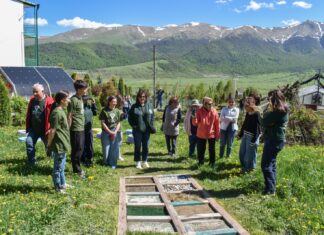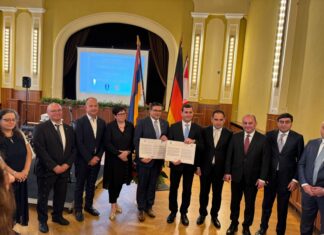YEREVAN — Moscow-based dancer Alexey Narutto, 35, has graced Yerevan’s stages on numerous occasions. Hailing from Krasnoyarsk in Siberia, he obtained his degree in choreography from the Academy of Theater Arts for Adults in Moscow. From 2013 to 2022, Alexey was a member of the Ballet Moscow theater company, collaborating with esteemed choreographers from around the globe. He has imparted his expertise at esteemed institutions such as the “Tsekh” Center for Contemporary Dance, GOGOL-school, PART Academy, GITIS, and the Moscow Art Theatre Studio School, among others.
Additionally, he has pursued independent creative ventures, co-founding the Narushenki contemporary dance company alongside his wife, dancer Olga Timoshenko. Together, their collaborative productions have graced various festivals and esteemed institutions, including the Tretyakov Gallery, the VAC Foundation and the Lumiere Brothers Gallery of Photography in Moscow.
Their remarkable works have garnered repeated nominations for the prestigious Golden Mask Russian national theater award across diverse categories.
Narutto, both individually and in tandem with Timoshenko, has crafted a number of captivating plays, performances, movie dances, and dramatic productions.
Alexey, I believe Narutto is a stage name. Are you a manga fan?
Actually this is my real surname, inherited from my great-great-grandfather, who was exiled to Siberia. He was Polish or Lithuanian, we do not know exactly.
